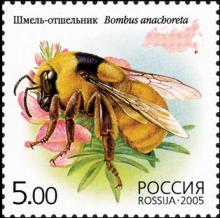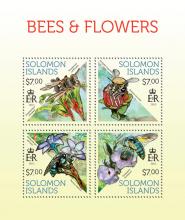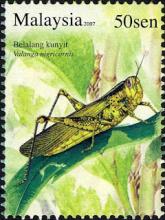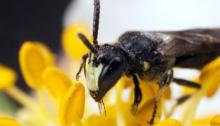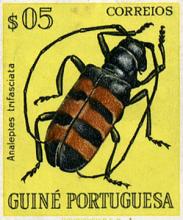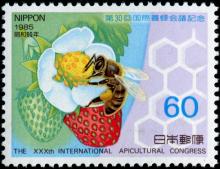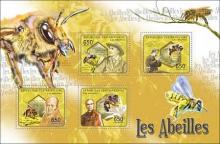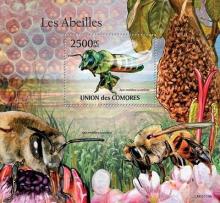Secondary biomarkers of insecticide-induced stress of honey bee colonies
The evaluation of pesticide side-effects on honeybees is hampered by a lack of colony-level bioassays that not only are sensitive to physiological changes, but also allow predictions about the consequences of exposure for longer-term colony productivity and survival. Here we measured 28 biometrical, biochemical and behavioural indicators in a field study with 63 colonies and 3 apiaries. Colonies were stressed in early summer by feeding them for five days with either the carbamate growth regulator fenoxycarb or the neurotoxic neonicotinoid imidacloprid, or left untreated.

